

.jpg)
Ever tried to predict your business’s cash flow with a gut feeling, a spreadsheet and optimism? Welcome to the complex game of business budgeting — where everything changes daily, and yesterday’s forecast is already irrelevant.
You know how it works. The product roadmap changes, hiring plans shift, and suddenly your financial budgeting proposal looks more like a rough sketch than an actual strategy. Meanwhile, your investors demand clarity, your team needs direction, and you have 20 minutes to predict the future. But, hey… no pressure, right?
Startups and SMBs can’t rely on static budgets and guesses. They need real-time financial forecasting software that can keep up with the changes — without demanding hours of manual work and advanced Excel skills.
In this article, we’ll explore the top budget forecasting tools for agile teams and their features that help you stay one step ahead.
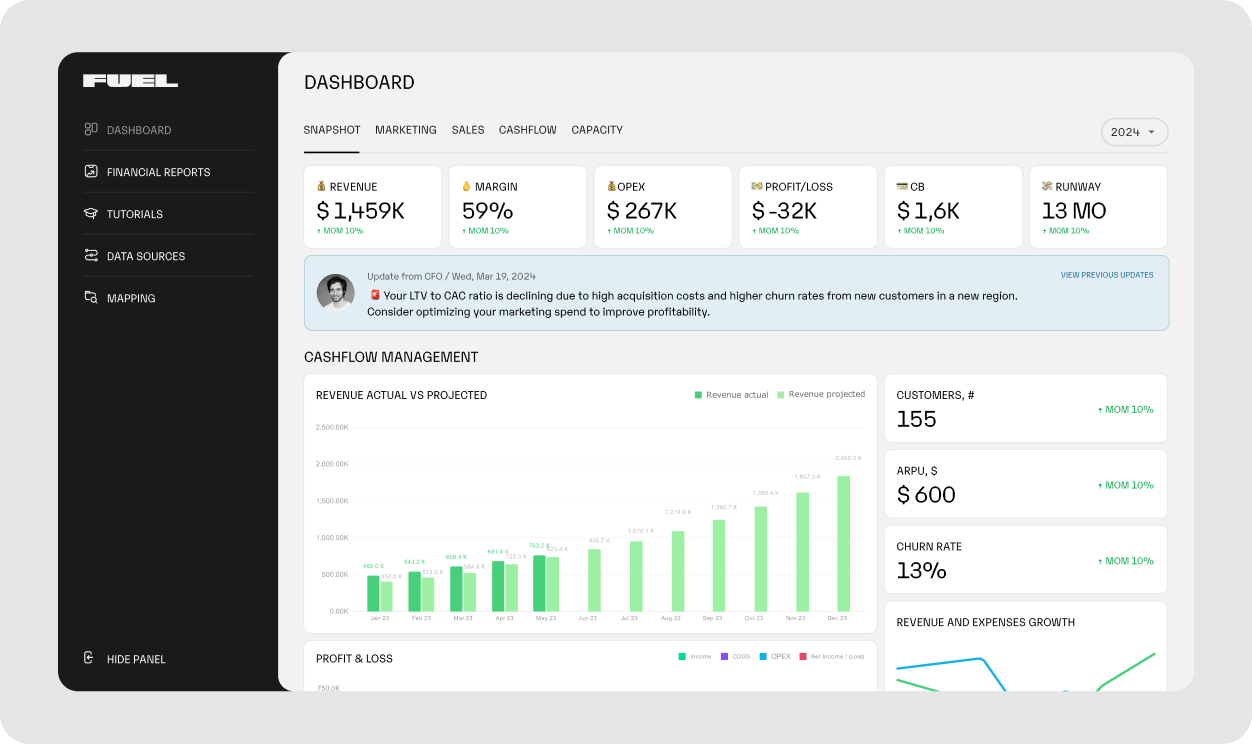
Fuelfinance is a financial planning and analysis (FP&A) tool that automates your budgeting and forecasting processes. It integrates with 350+ apps, including HubSpot and Sage, and presents all the automatically pulled data in one dashboard, next to your projections.
Its AI forecasting feature uses historical financial data to predict months, quarters and years ahead. It doesn’t base your entire future on one number; it offers both baseline and target scenarios. Worst-case projections help you prevent cash flow issues, while best-case scenarios prepare you for growth.
Fuelfinance generates three financial statements: P&L, cash flow and balance sheet, to create predictions.
Fuelfinance shows you where your business stands now and how far you are from your targets. This helps you spot issues early — whether it’s a cash flow disaster, a rising expense or a need for additional investment.
With this clarity and transparency, you can make smarter decisions and prevent last-minute surprises.
Book a demo and see how Fuelfinance can help you prepare for the future.
Capterra: 5
G2: 4.9
Hampton, a CEO membership community, had data spread across apps like Stripe, Gusto, Ramp and QBO. The company struggled with scattered data and rigid reports that made accurate forecasting and budgeting difficult.

After using Fuelfinance, Hampton built a three-year financial model with multiple scenarios, monthly plan vs actual analysis and customized financial reports. Now, Hampton can track financial performance, anticipate risks and make confident decisions from a centralized location.
After using Fuelfinance, Hampton built a three-year financial model with multiple scenarios, monthly plan vs actual analysis and customized financial reports. Now, Hampton can track financial performance, anticipate risks and make confident decisions from a centralized location.

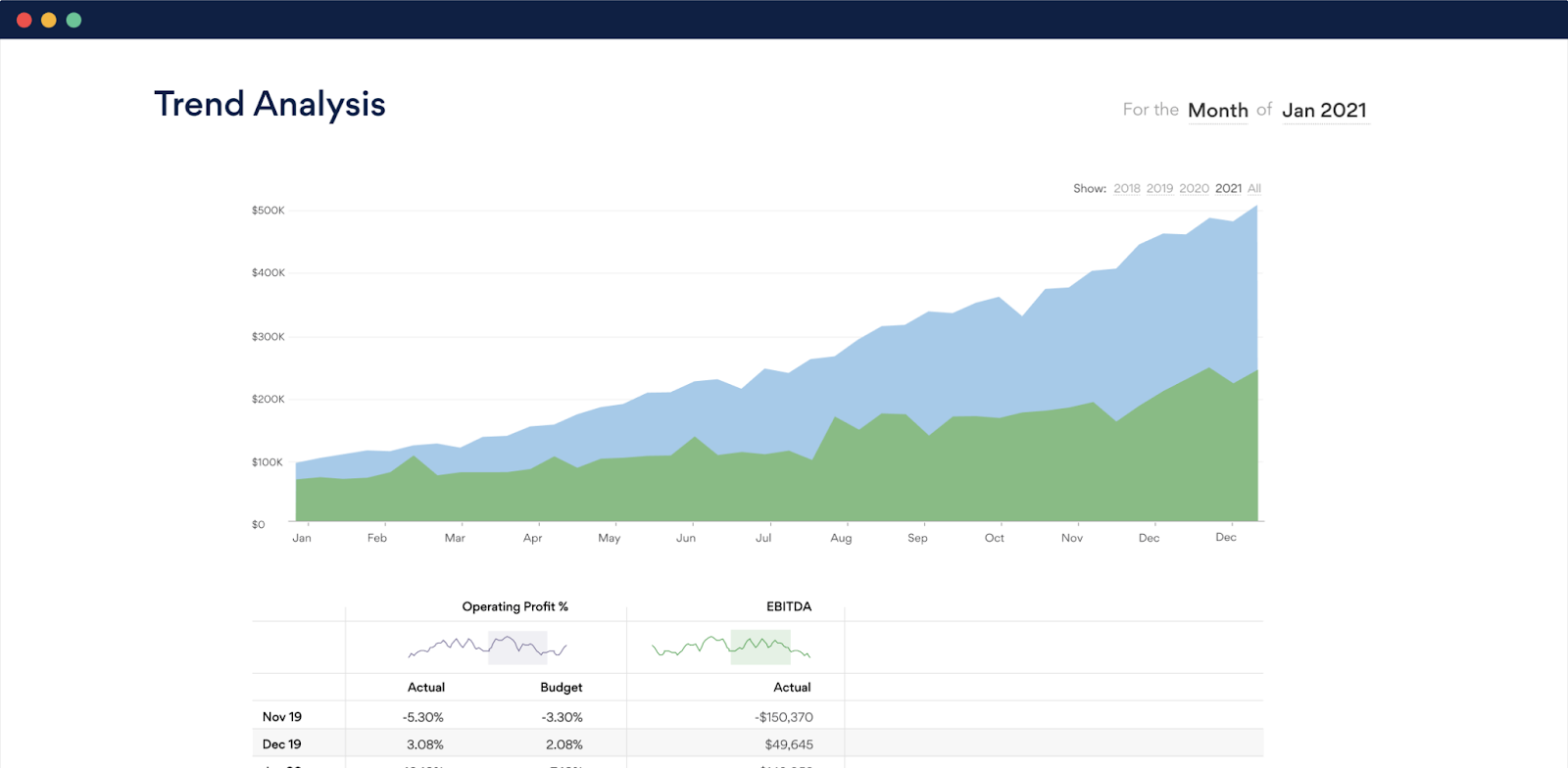
Fathom is financial reporting and forecasting software that tracks performance, analyzes key metrics, and prepares customized management reports. Its group benchmarking feature visually compares and ranks legal entities, customers or franchises.
The platform builds three-way forecasts across P&L, cash flow and balance sheet. Data integration with accounting tools pulls up-to-date information for forecast accuracy. Scenario modeling helps users determine which action to take if their revenue, sales or expenses increase or decrease.
Capterra: 4.8
G2: 4.5

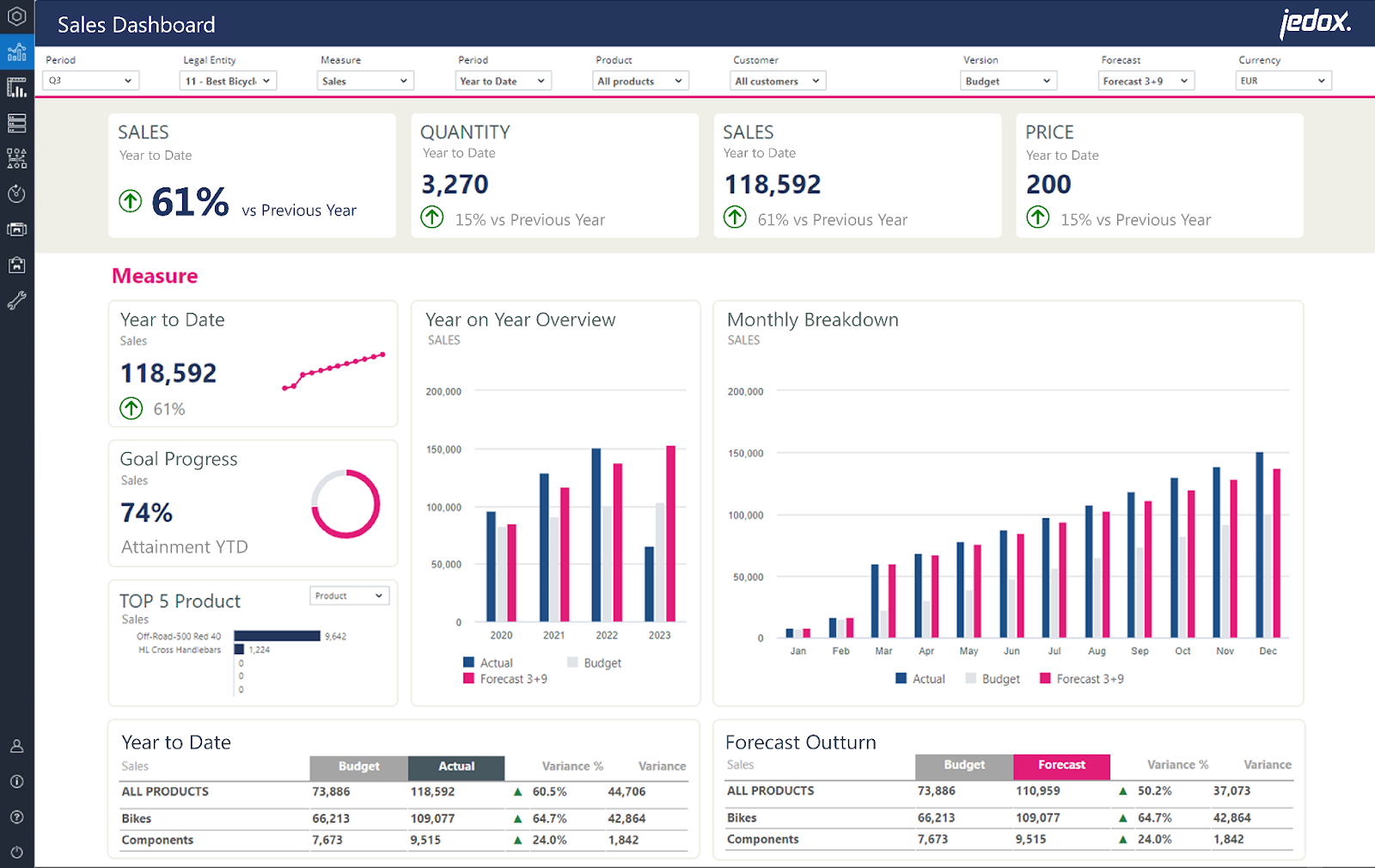
Jedox is budgeting and forecasting software that connects planning, analytics and reporting in one system. It’s built for finance teams that want to automate planning across departments without switching between tools.
For budgeting and forecasting, Jedox supports multi-scenario planning, rolling forecasts and financial projections. Users can build models using historical data and assumptions, then adjust forecasts as new financial data comes in. The tool helps automate budgeting processes and reduce manual data entry.
Capterra: 4.4
G2: 4.4

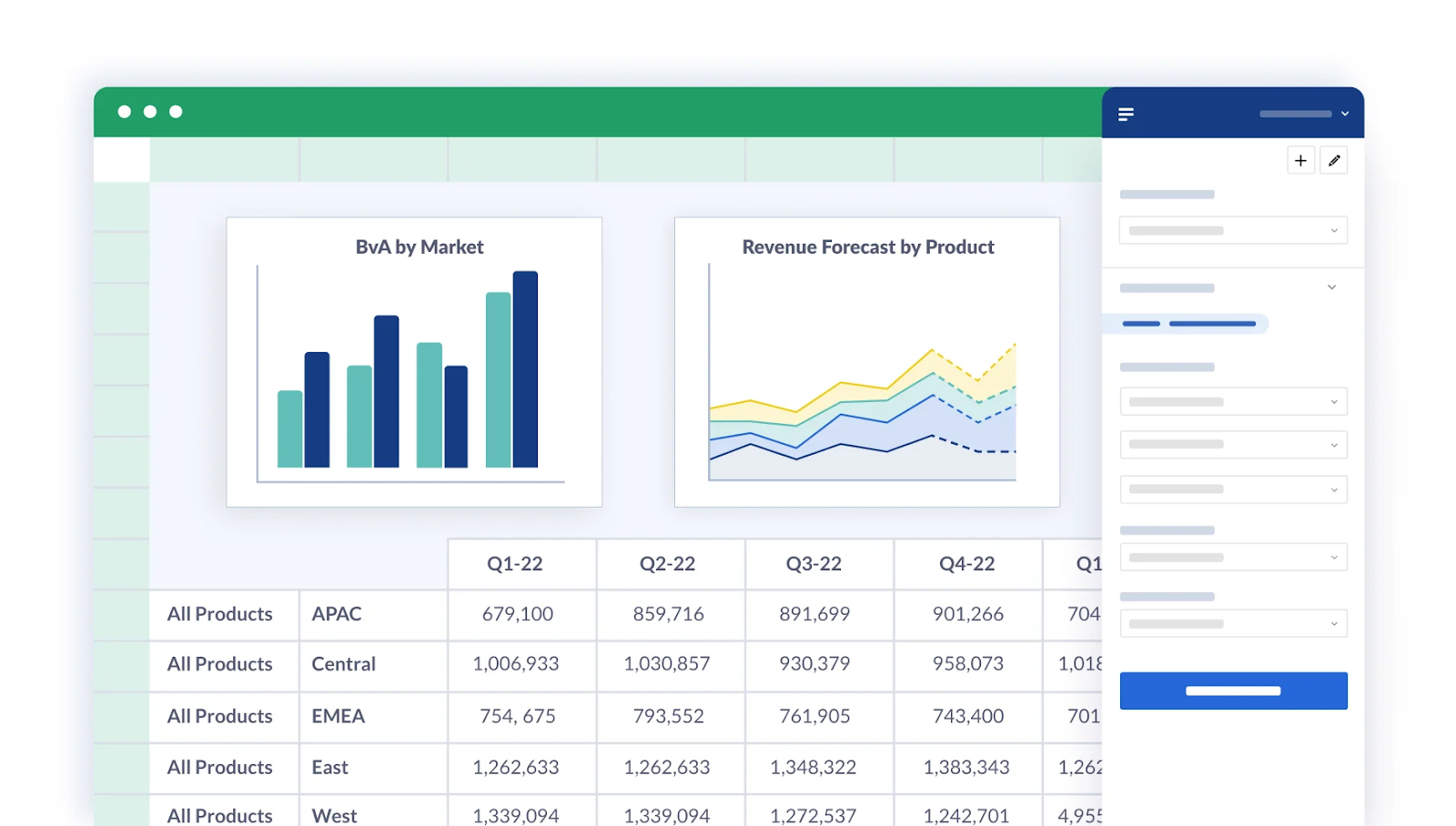
Alt tag: Budget forecasting tools: A screenshot of a Cube spreadsheet
Image source: G2
Cube is a financial planning and analysis platform designed to work with existing spreadsheets. It connects Excel and Google Sheets to a central database, giving finance teams more control over their models without changing their workflow.
This budget forecasting tool supports financial planning with features like scenario modeling, rolling forecasts and version control. Forecasts update automatically as financial data changes, and users can compare multiple versions to analyze past trends or plan for future financial outcomes.
See also: Cube vs Datarails
Capterra: 4.6
G2: 4.5

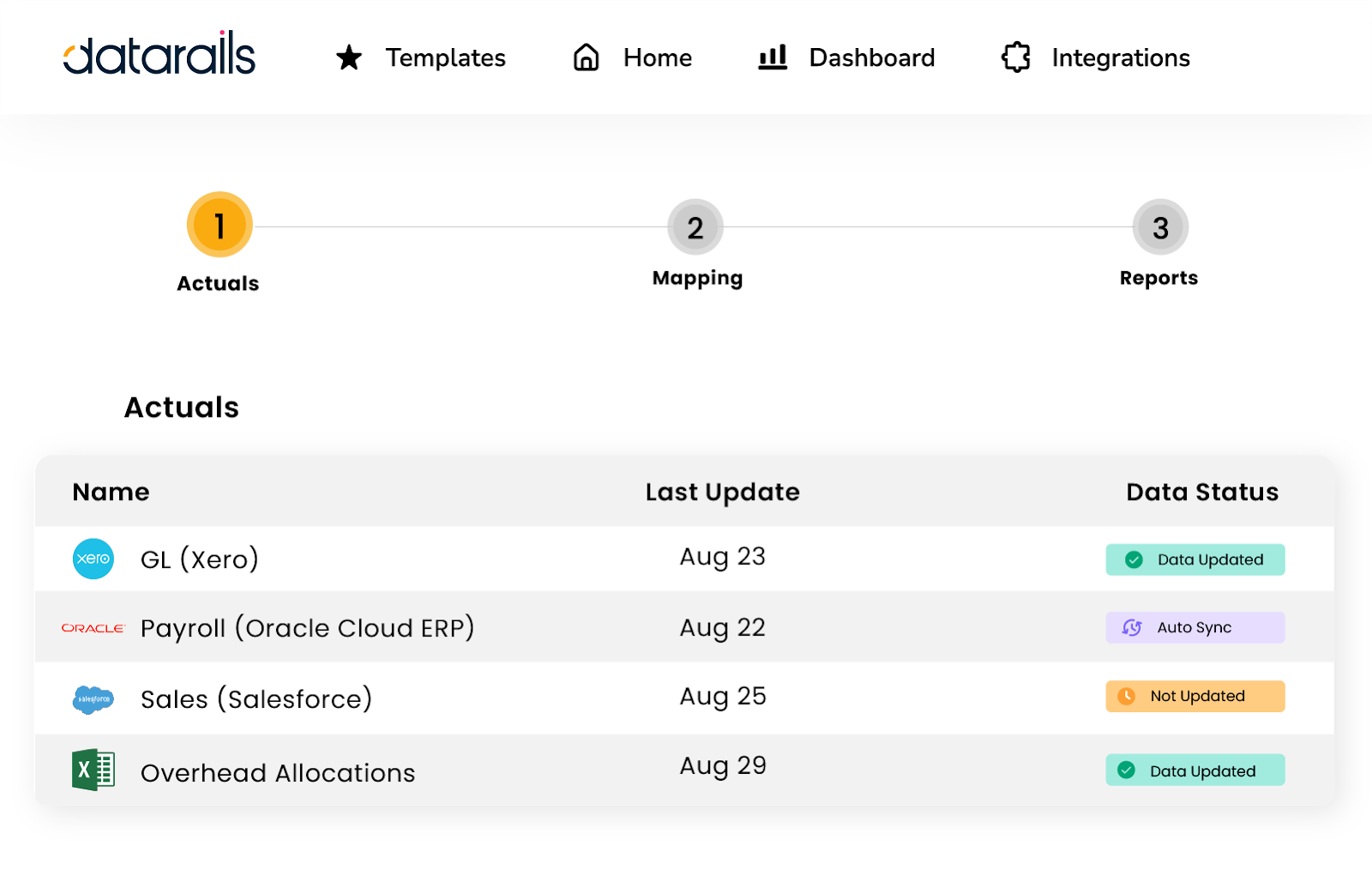
Datarails is a financial planning and analysis platform designed for Excel users. It automates data consolidation, reporting and planning while allowing finance teams to continue using their existing Excel spreadsheets and financial models.
This tool has modules that help with financial forecasting and scenario planning, enabling users to manage forecast cycles and test business assumptions.
See also: Datarails alternatives
See also: Datarails vs Vena
Capterra: 4.8
G2: 4.6

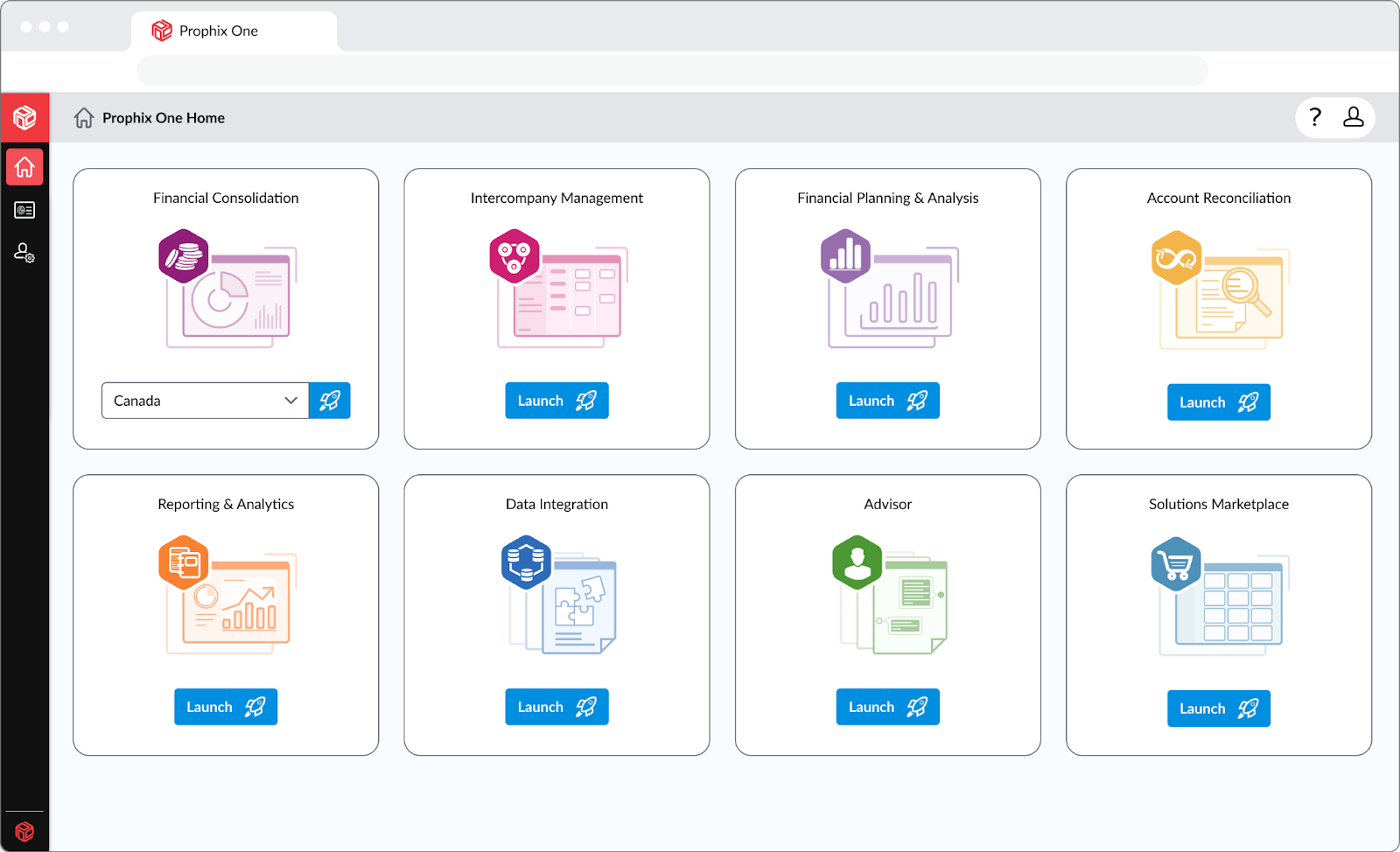
Prophix is financial performance management software that automates budgeting, forecasting and reporting processes. It integrates data from various sources to provide a comprehensive view of financial performance.
This budget forecasting tool offers automated financial consolidation, collaborative budgeting and AI-driven insights. Users can create rolling forecasts, multi-year plans and driver-based models, enhancing the accuracy and efficiency of financial planning.
Capterra: 4.6
G2: 4.4

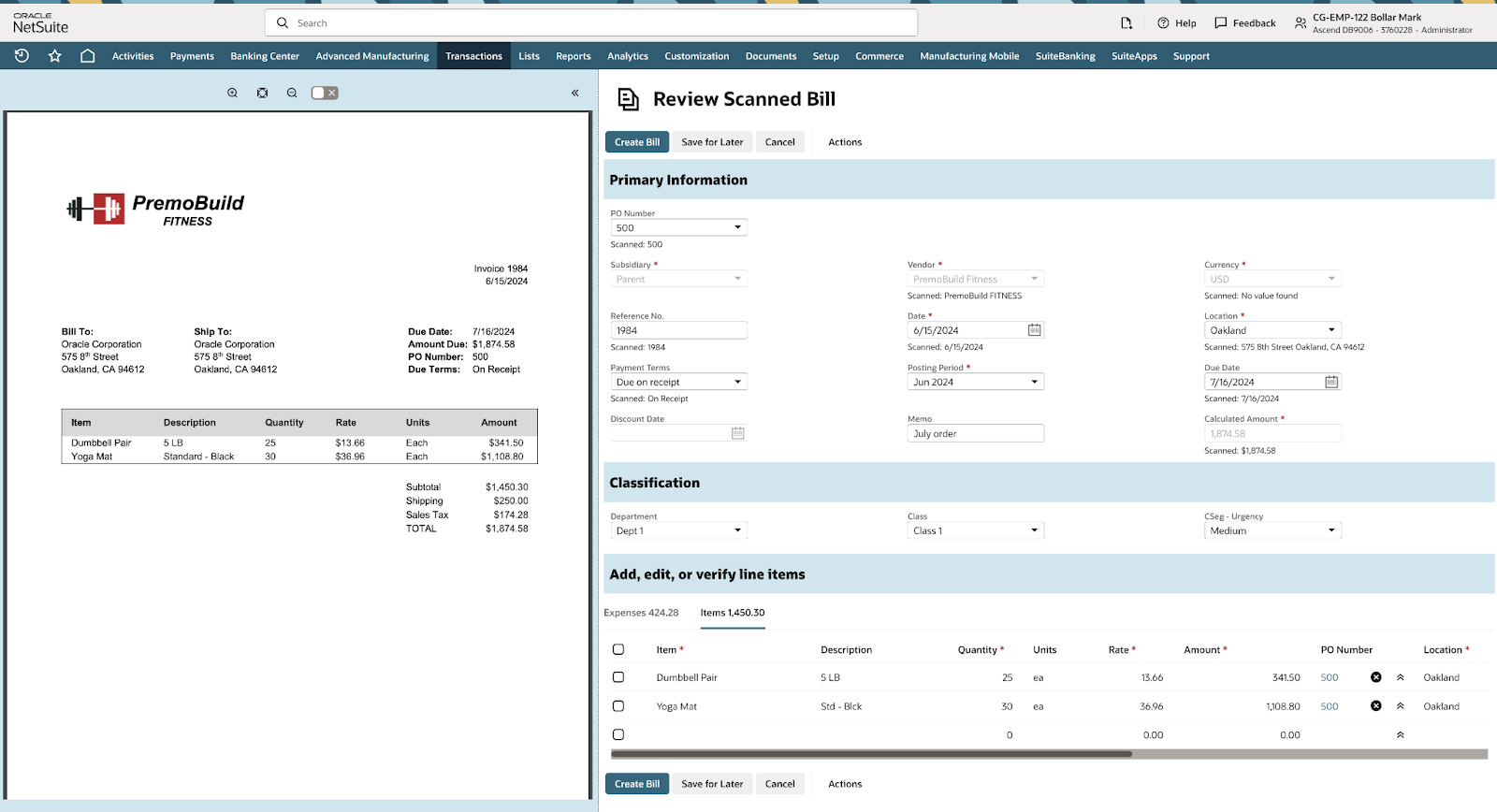
Oracle NetSuite is enterprise resource planning (ERP) software that includes budgeting and forecasting tools as part of its financial management suite. It supports financial reporting, planning and analysis for companies that need to manage complex operations across departments or regions.
Its budgeting and forecasting software includes rolling forecasts, financial projections and scenario planning. Users can model detailed budgets, track plan vs actuals and prepare for different financial outcomes using multiple forecasting methods.
See also: NetSuite alternatives
Capterra: 4.2
G2: 4.1


Planful is budgeting and forecasting software finance teams use to automate planning and reporting tasks. It connects financial data across systems to reduce manual data collection.
Users can build financial projections based on historical data and adjust assumptions to reflect current conditions. It supports budgeting and forecasting processes across teams and helps manage budgets for revenue, expenses and workforce planning.
See also: Planful competitors
Capterra: 4.3
G2: 4.3

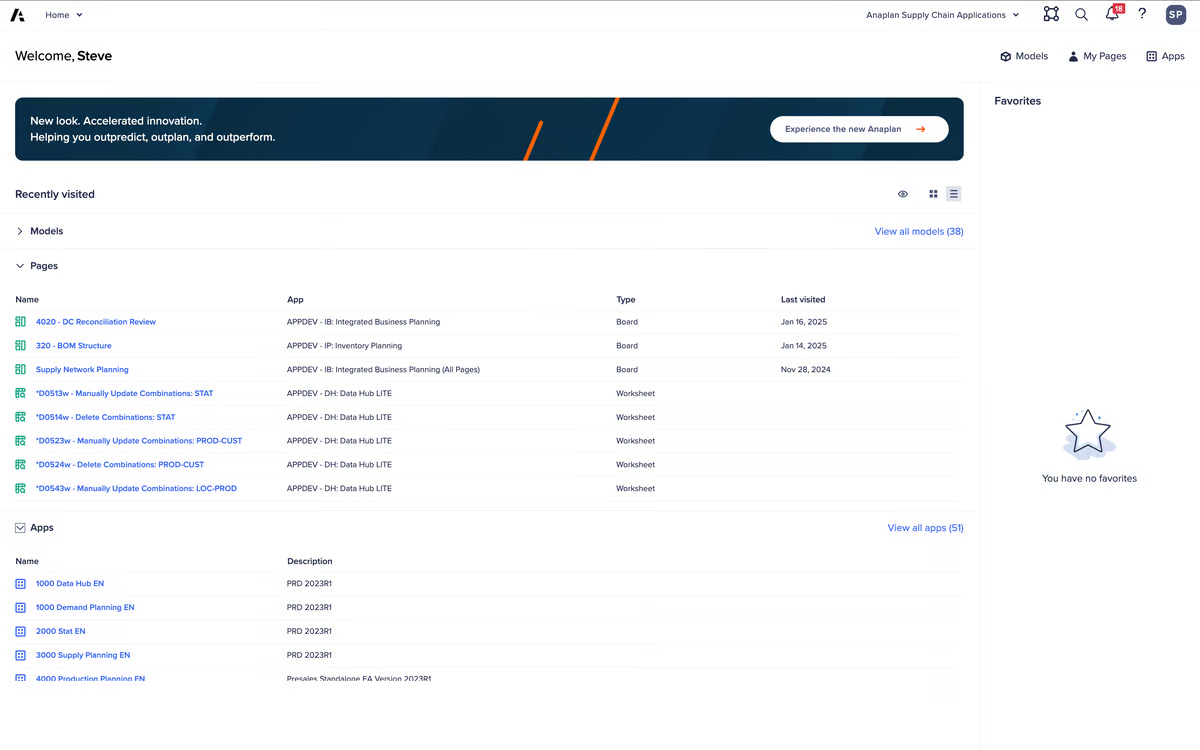
Anaplan is a cloud-based platform for enterprise use for connected planning across finance, sales and operations. It supports budgeting and forecasting processes at scale, helping teams manage complex planning cycles with input from multiple departments. Finance teams use it to centralize plans and automate financial data collection and analysis.
The platform supports financial forecasting, rolling forecasts and scenario planning. Users can model multiple scenarios based on business drivers like pricing, staffing or demand shifts. Anaplan has workforce forecasting software functionalities, helping teams analyze past trends and prepare for different financial outcomes based on accurate data.
See also: Anaplan alternatives
Capterra: 4.2
G2: 4.6

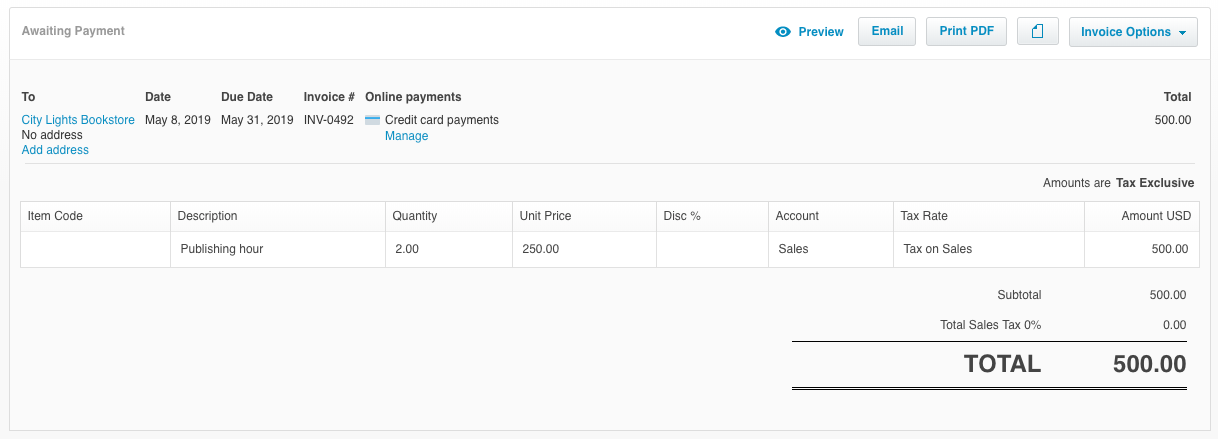
Xero is accounting software used by small businesses to manage invoicing, expenses and reporting. The platform includes basic budgeting and forecasting tools. Users can track financial performance and compare actual results to budgeted figures without switching tools.
As budgeting and forecasting software, Xero supports simple income and expense forecasting based on historical data. Users can create monthly or yearly budgets, view short-term cash flow forecasts and make financial projections.
See also: Xero alternatives
See also: Xero vs QuickBooks
Capterra: 4.4
G2: 4.3

Pick a tool that fits your business — not just now, but as you grow. It should connect with the systems you already use. Make sure it does what you need, without being hard to learn. If your team is small, ease of use matters more. If you’re growing fast, look for tools that scale. Good customer support helps when you hit a snag.
Rather than thinking about forecasting software cost — think about return. A good tool saves time and helps you make better decisions. Match features to your size, goals and how your finance team works. Smooth integrations with your existing systems save time and headaches.
If you’d like expert support along the way, book a demo and see how you can grow with data.
Budget forecasting is key to staying in control of your business. The right tool helps you plan ahead, manage resources and make smarter decisions with less guesswork.
But not all tools are the same.
Fuelfinance offers a complete, AI-driven forecasting and financial reporting solution built for modern teams. It’s fast, accurate and easy to use — no matter your size or stage. With real-time insights, seamless integrations and hands-on support, Fuelfinance helps you save time, reduce errors and stay focused on growth.
Book a demo and start exploring Fuelfinance now!
The best tool depends on your business size, goals and team. Look for a platform that is easy to use, integrates with your systems and offers accurate insights. Fuelfinance is a strong choice — it’s AI-driven, built for scale and helps you save time and make better decisions.
Start by reviewing past income and expenses. Then, estimate future revenue and costs based on trends, goals and market changes.
Common methods include historical budgeting (based on past data), zero-based budgeting (starting from zero and justifying each expense) and rolling forecasts (updated regularly). Many businesses use a mix, depending on their needs.
You can use templates or build your own with formulas. Start with past financial data, project future income and costs and use charts to track it. This approach works, but it’s time-consuming and error-prone. Tools like Fuelfinance, a budget forecasting platform, make the process faster, easier and more accurate.


Just imagine how that would transform your team’s productivity and focus? Talk to our financial experts to know more.